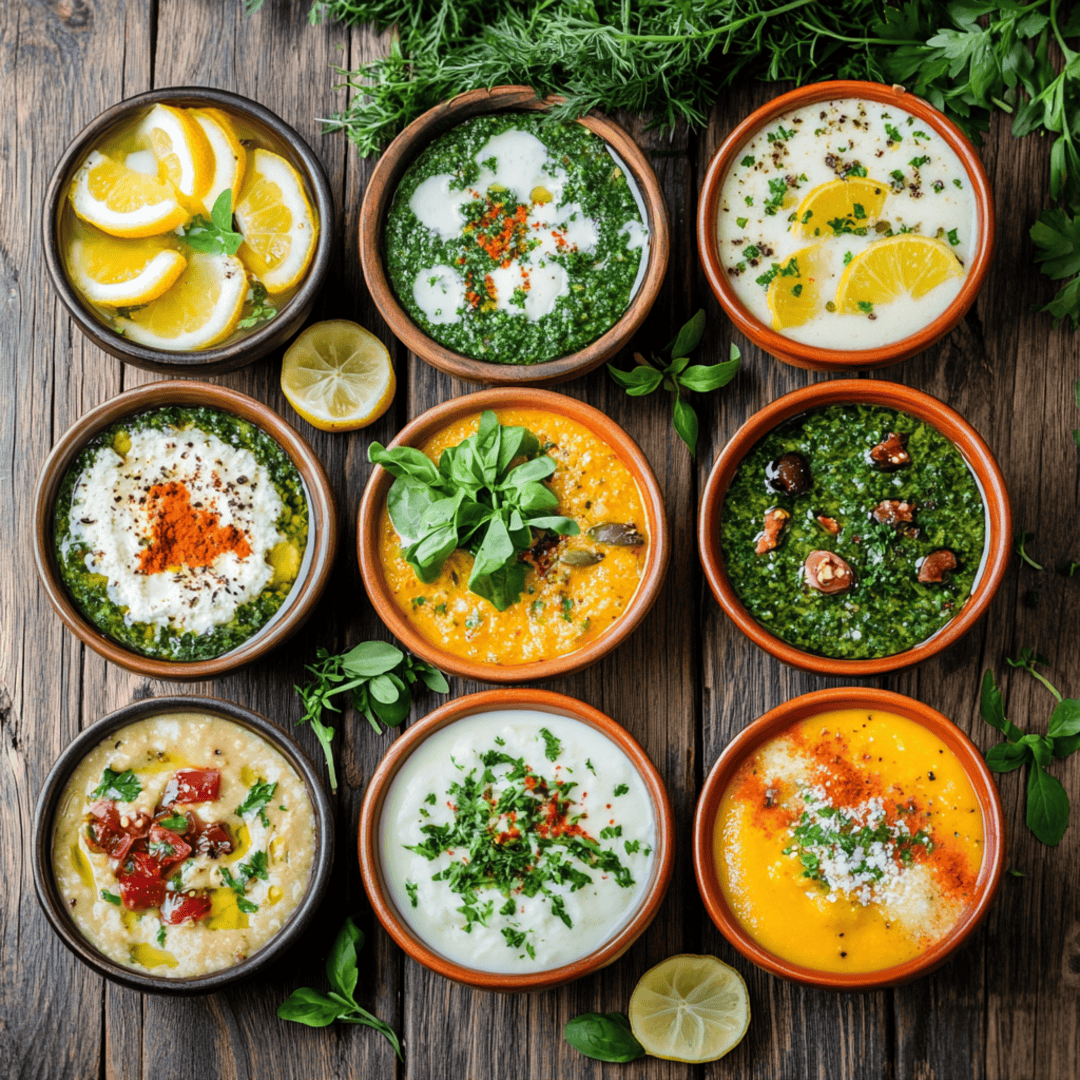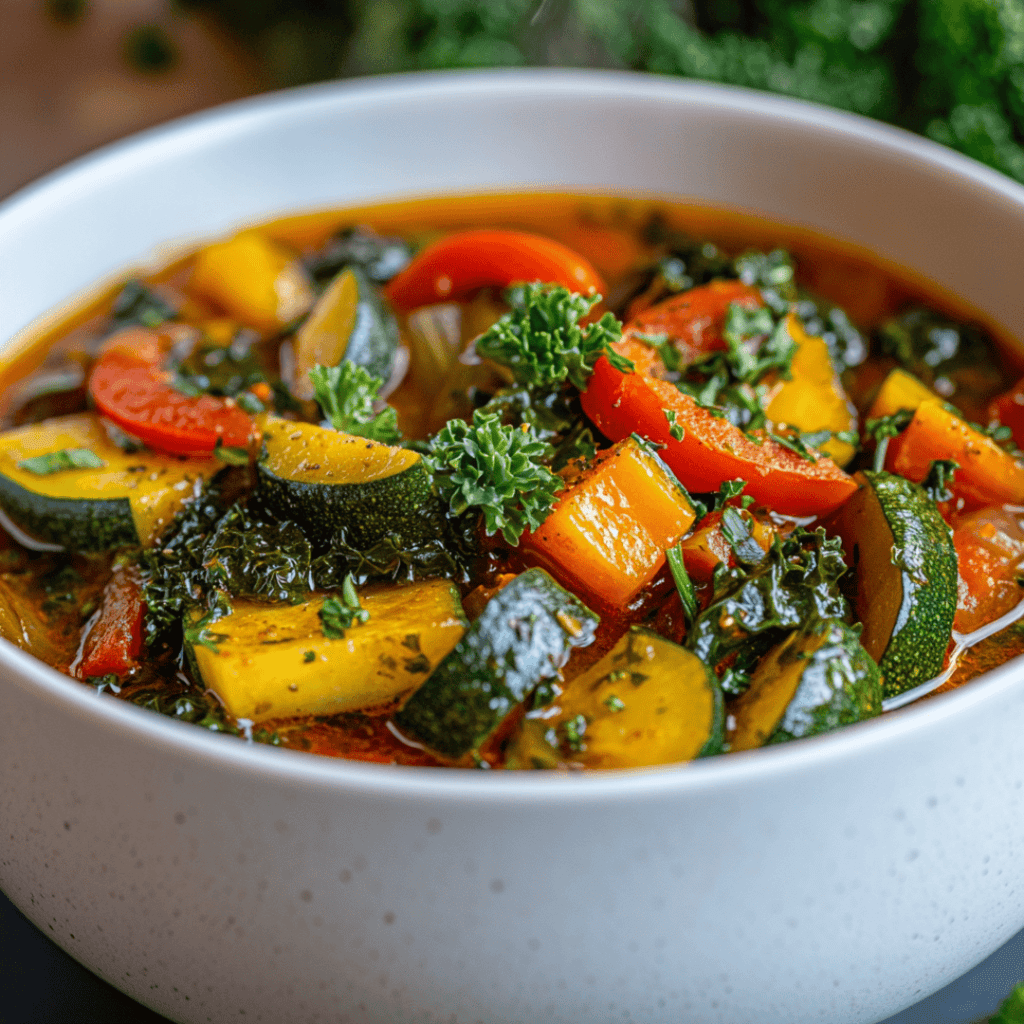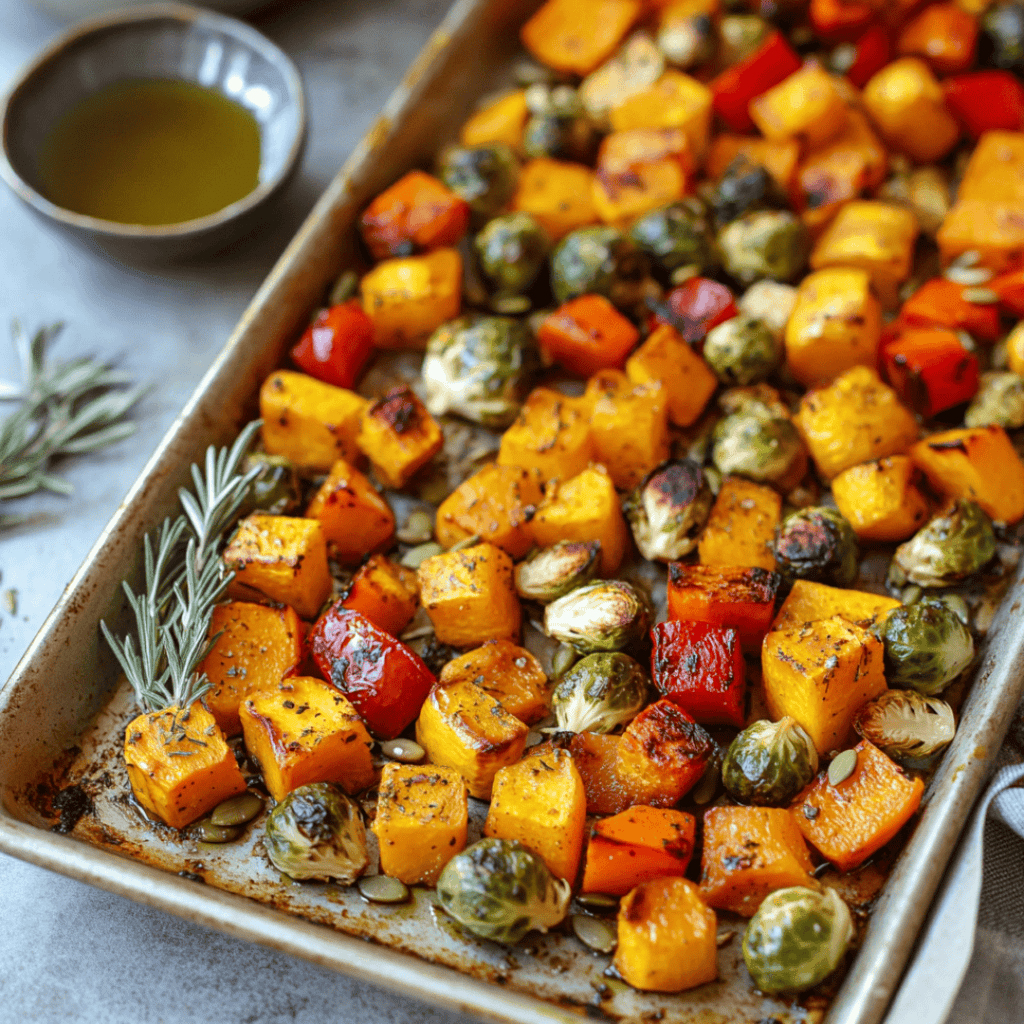Recipes for Fasting Mimicking Diet: 7 Delicious Meals to Try

Table of Contents
Introduction
The fasting mimicking diet (FMD) has gained tremendous popularity for good reason – it offers the benefits of fasting while still allowing you to enjoy delicious meals. If you’ve been curious about this science-backed eating approach, you’re in the right place. Today, I’m sharing seven mouthwatering recipes for fasting mimicking diet that will transform how you think about this dietary protocol.
When I first discovered FMD, I was skeptical. How could I enjoy food while following a plan designed to mimic fasting? I envisioned bland, uninspiring meals that would leave me counting down the minutes until I could return to normal eating. I couldn’t have been more wrong.
What makes these recipes special is their ability to delight your taste buds while honoring the nutritional framework that makes FMD effective. Each dish aligns with the diet’s core principles: low protein, moderate healthy fats, and low carbohydrates with an emphasis on plant-based ingredients. These meals support your body’s cellular rejuvenation processes without leaving you feeling deprived.
Did you know that the fasting mimicking diet was developed by longevity researcher Dr. Valter Longo? His research revealed that by following a specific eating pattern for just five days per month, you could trigger many of the same beneficial cellular mechanisms as traditional fasting while still consuming food. The science behind this approach is fascinating – studies have shown that FMD can promote cellular regeneration, reduce inflammation, and potentially extend lifespan.
These recipes for fasting mimicking diet are approachable and simple to prepare. Most require minimal prep time and ingredients you likely already have in your pantry. Plus, they’re designed to be batch-cooked, meaning you can prepare them in advance for stress-free meals throughout your FMD cycle.
One aspect that surprised me most when developing these recipes was discovering how satisfying plant-based meals can be when properly seasoned and prepared. Far from feeling restricted, many people who try these dishes report a renewed appreciation for the natural flavors of whole foods. The complex flavors and textures in these recipes make the FMD experience not just tolerable but genuinely enjoyable.
What is Fasting Mimicking Diet?
Ever wondered how to get all the benefits of fasting without actually fasting? That’s exactly what the Fasting Mimicking Diet is all about! This clever nutritional approach tricks your body into thinking it’s fasting while you still get to enjoy certain foods.
Developed by longevity researcher Dr. Valter Longo at the University of Southern California’s Longevity Institute, this diet has been making waves in both scientific and wellness communities. It’s like that sneaky friend who tells your boss you’re working hard when you’re actually taking a power nap – your body thinks you’re fasting, but you’re actually enjoying delicious meals!
The protocol typically involves reducing your calorie intake for five consecutive days each month, following specific macronutrient ratios that signal your body to enter a fasting state while still providing essential nutrients. The first day allows around 1,100 calories, while days 2-5 reduce to approximately 800 calories with precise proportions of proteins, fats, and carbohydrates.
They say the way to a person’s heart is through their stomach, and these recipes for fasting mimicking diet prove that the way to cellular rejuvenation might just be through thoughtfully prepared, delicious food. Why not give these recipes a try and experience how satisfying this approach to nutrition can be?
Why You’ll Love These Recipes for Fasting Mimicking Diet:
These recipes for fasting mimicking diet are true game-changers. The star quality of these dishes is their remarkable ability to deliver incredible flavor while strictly adhering to FMD’s specific macronutrient ratios. Each recipe has been meticulously crafted to be low in protein, moderate in healthy fats, and focused on complex carbohydrates from plant sources – all while tasting delicious!
One compelling reason to try these homemade FMD meals is the significant cost savings compared to pre-packaged programs. Commercial fasting mimicking diet kits can cost upwards of $250 for a five-day cycle, while these recipes utilize affordable, accessible ingredients that cost a fraction of that price. In fact, preparing these meals at home typically costs between $30-$50 for a complete five-day cycle, making the health benefits of FMD accessible to a much wider audience.
The vibrant, fresh ingredients in these recipes don’t just nourish your body – they delight your senses too. From aromatic herbs in the Mediterranean Vegetable Soup to warming spices in the Curried Cauliflower Rice, these dishes incorporate natural flavor enhancers that transform simple ingredients into culinary experiences. While these recipes differ from my popular high-protein meal plans by focusing on plant-based nutrition, they prove that restriction doesn’t have to mean sacrifice when it comes to flavor.
Another often overlooked benefit of these homemade FMD recipes is their flexibility. Unlike commercial kits with pre-determined meals, these recipes allow you to adjust seasonings to your taste preferences and substitute vegetables based on seasonal availability or personal preference, all while maintaining the crucial macronutrient ratios that make the diet effective. This personalization makes the FMD experience not just more enjoyable but also more sustainable long-term.
How to Make Recipes for Fasting Mimicking Diet:
Quick Overview
These recipes for fasting mimicking diet are remarkably simple to prepare, requiring minimal cooking skills while delivering maximum flavor and nutritional benefits. What makes them particularly special is how they transform humble ingredients into satisfying meals through thoughtful seasoning and cooking techniques. Most can be prepared in 30 minutes or less, making them perfect for busy individuals who want to prioritize health without spending hours in the kitchen. Each recipe is also designed to provide optimal nutrition while keeping calories controlled – essential for the FMD protocol.
Key Ingredients for Recipes for Fasting Mimicking Diet:
- Olive oil and other healthy fats: Small amounts provide essential fatty acids and help with nutrient absorption while adding richness and satisfaction to dishes
- Non-starchy vegetables: Cauliflower, broccoli, spinach, kale, bell peppers, zucchini, and mushrooms form the foundation of most dishes, providing fiber, vitamins, and minerals with minimal calories
- Complex carbohydrates: Limited amounts of sweet potatoes, butternut squash, and other low-glycemic veggies that provide sustained energy without spiking blood sugar
- Herbs and spices: Turmeric, ginger, basil, rosemary, thyme, and other flavor enhancers that add depth without calories while offering additional anti-inflammatory benefits
- Nuts and seeds: Small portions of walnuts, almonds, chia, and flax seeds for texture, nutrients, and healthy fats that support hormone production and cell membrane health
- Broths and bases: Vegetable broth serves as the foundation for soups and adds depth without calories while providing minerals and hydration
- Plant proteins: Limited amounts of lentils and other legumes for modest protein content that supports basic metabolic functions without triggering growth pathways
Step-by-Step Instructions:
1. Mediterranean Vegetable Soup
- Heat 1 tablespoon olive oil in a large pot over medium heat.
- Add 1 small diced onion and 2 minced garlic cloves, sautéing until translucent (about 3-4 minutes).
- Add 1 diced zucchini, 1 diced yellow squash, and 1 diced red bell pepper, cooking for another 5 minutes until they begin to soften.
- Pour in 4 cups of vegetable broth and add 1 cup chopped kale, stirring to combine all ingredients.
- Season with 1 teaspoon dried oregano, ½ teaspoon dried thyme, salt, and pepper to taste.
- Bring to a boil, then reduce heat and simmer for 15-20 minutes until vegetables are tender but not mushy.
- Stir in 1 tablespoon fresh lemon juice and 2 tablespoons chopped fresh parsley before serving for brightness and a pop of flavor.

2. Creamy Cauliflower Soup
- In a large pot, heat 2 teaspoons olive oil over medium heat.
- Add 1 small diced onion and cook until softened (about 3-4 minutes).
- Add 4 cups cauliflower florets and 2 cups vegetable broth, ensuring the liquid barely covers the vegetables.
- Bring to a boil, then reduce heat and simmer for 15 minutes until cauliflower is very tender when pierced with a fork.
- Transfer mixture to a blender (or use an immersion blender) and purée until completely smooth and velvety.
- Return to pot, add ¼ teaspoon nutmeg, salt, and pepper to taste.
- Stir in 1 tablespoon nutritional yeast for a subtle cheesy flavor without dairy.
- Garnish with fresh herbs before serving for added visual appeal and flavor dimension.
3. Roasted Vegetable Medley
- Preheat oven to 400°F (200°C) and line a baking sheet with parchment paper.
- In a large bowl, combine 2 cups cubed butternut squash, 1 cup Brussels sprouts (halved), 1 red bell pepper (chopped), and 1 small red onion (cut into wedges).
- Toss with 1 tablespoon olive oil, 1 teaspoon dried rosemary, ½ teaspoon garlic powder, salt, and pepper until evenly coated.
- Spread vegetables in a single layer on the baking sheet, ensuring they’re not overcrowded.
- Roast for 25-30 minutes, stirring halfway through, until vegetables are caramelized on the edges and tender throughout.
- Sprinkle with 1 tablespoon toasted pumpkin seeds before serving for added texture and nutrients.

4. Curried Cauliflower Rice
- Pulse 1 medium cauliflower head in a food processor until it resembles rice grains.
- Heat 1 teaspoon olive oil in a large skillet over medium heat.
- Add ½ teaspoon mustard seeds and cook until they begin to pop (about 30 seconds).
- Add ½ diced onion and 1 minced garlic clove, cooking until softened and fragrant.
- Stir in 1 teaspoon curry powder, ½ teaspoon turmeric, and ¼ teaspoon cumin, toasting briefly to release aromas.
- Add the cauliflower rice and cook for 5-7 minutes, stirring occasionally until tender but not mushy.
- Fold in 2 tablespoons chopped cilantro and a squeeze of fresh lime juice for brightness.
5. Mushroom and Spinach Saute
- Heat 1 teaspoon olive oil in a large skillet over medium heat.
- Add 2 cups sliced mixed mushrooms (cremini, shiitake, oyster) and cook until they begin to brown and release their moisture (5-7 minutes).
- Add 2 minced garlic cloves and cook for 30 seconds until fragrant but not browned.
- Stir in 3 cups fresh spinach and cook until just wilted (1-2 minutes).
- Season with ½ teaspoon dried thyme, a pinch of red pepper flakes, salt, and pepper.
- Finish with a few drops of balsamic vinegar for depth of flavor without adding calories.
6. Herbed Zucchini Noodles
- Use a spiralizer or vegetable peeler to create zucchini noodles from 2 medium zucchinis.
- Place noodles on paper towels and sprinkle lightly with salt to draw out excess moisture.
- Heat 1 teaspoon olive oil in a large skillet over medium heat.
- Add 1 minced garlic clove and cook for 30 seconds until fragrant.
- Add zucchini noodles and cook for just 2-3 minutes until slightly softened but still al dente.
- Toss with 2 tablespoons chopped fresh herbs (basil, parsley, chives) and a squeeze of lemon juice.
- Season with salt and pepper to taste, being careful not to oversalt.
7. Avocado and Cucumber Soup (No-Cook)
- In a blender, combine 1 ripe avocado, 1 peeled cucumber, ½ cup unsweetened almond milk, 1 tablespoon lime juice, and ¼ cup fresh herbs (cilantro, mint, or basil).
- Blend until completely smooth, adding ice water as needed to achieve desired consistency.
- Season with salt, pepper, and a pinch of cumin to enhance flavors.
- Chill for at least 30 minutes before serving to allow flavors to meld.
- Garnish with a few chopped herbs and a tiny drizzle of olive oil for presentation and added richness.
What to Serve Recipes for Fasting Mimicking Diet With:
These recipes can be thoughtfully combined to create satisfying meal plans that adhere to FMD’s caloric and macronutrient requirements. The Mediterranean Vegetable Soup pairs beautifully with a small portion of the Herbed Zucchini Noodles for a comforting lunch option that provides various textures and complementary flavors. For a dinner that feels substantial despite its caloric limitations, try the Curried Cauliflower Rice topped with a portion of the Mushroom and Spinach Saute.
Hydration is essential during FMD, so accompany these dishes with herbal teas, especially those with anti-inflammatory properties like turmeric, ginger, or hibiscus. Mint or lemon-infused water can also complement the flavor profiles of these meals while helping you meet your fluid requirements. For added variety, a small portion of fermented vegetables like sauerkraut or kimchi can be served alongside the Roasted Vegetable Medley, adding both flavor complexity and probiotic benefits without significantly impacting the overall caloric intake.
Top Tips for Perfecting Recipes for Fasting Mimicking Diet:
Focus on flavor development through herbs and spices rather than added fats or proteins. Toasting spices before adding other ingredients significantly enhances flavor without adding calories. For example, briefly heating cumin seeds in a dry pan until fragrant before adding them to the Curried Cauliflower Rice intensifies their earthy notes throughout the dish.
When substituting ingredients, maintain awareness of macronutrient ratios. If you don’t have zucchini for the Herbed Zucchini Noodles, cucumber or daikon radish can work as low-carb alternatives, while sweet potatoes should be replaced with lower-carb vegetables like turnips or additional cauliflower to maintain the appropriate carbohydrate levels for the protocol.
Be cautious with nuts and seeds – while nutritious, they’re calorie-dense, so measure portions carefully. Just one extra tablespoon of olive oil adds 120 calories, which can significantly impact your daily allowance during the restricted phase of the diet.
Avoid overcooking vegetables, which diminishes both nutritional value and texture. For roasted vegetables, ensure your oven is fully preheated and don’t crowd the baking sheet to ensure proper caramelization rather than steaming. For the Creamy Cauliflower Soup, blend in stages for the silkiest texture, starting on low speed and gradually increasing to high.
Storing and Reheating Tips:
Soups can be refrigerated in airtight containers for up to 3 days. The Avocado Cucumber Soup may darken slightly but remains safe to eat within this timeframe – adding a thin layer of olive oil on top before refrigerating can help prevent oxidation and color change.
The vegetable dishes keep well for 2-3 days in the refrigerator. Store them in glass containers to prevent absorption of flavors from plastic. The Herbed Zucchini Noodles are best consumed fresh but can be stored uncooked for up to 2 days – simply drain excess moisture before reheating to prevent sogginess.
When reheating, use gentle methods to preserve nutrients and texture. For soups, reheat on the stovetop over medium-low heat, adding a splash of vegetable broth if they’ve thickened during storage. Vegetable dishes benefit from a quick refresh in a skillet over medium heat for 2-3 minutes rather than microwave heating, which can make them soggy.
For meal prep convenience, consider preparing base ingredients like cauliflower rice or roasted vegetables in larger batches, then assembling and seasoning portions daily. This approach provides the freshest flavor while still saving time during your FMD cycle.
Craving comfort food without the fuss? Our chicken alfredo bake transforms the classic pasta dish into a crowd-pleasing casserole that’s perfect for busy weeknights. This creamy, cheesy one-pan wonder combines tender chicken, al dente pasta, and a rich homemade alfredo sauce that’s surprisingly simple to prepare. Unlike restaurant versions loaded with excess calories, our recipe includes secret ingredient swaps that maintain all the indulgent flavor while being gentler on your waistline. Plus, with make-ahead and freezer-friendly options, it’s the ultimate solution for meal preppers and last-minute dinner emergencies alike!




